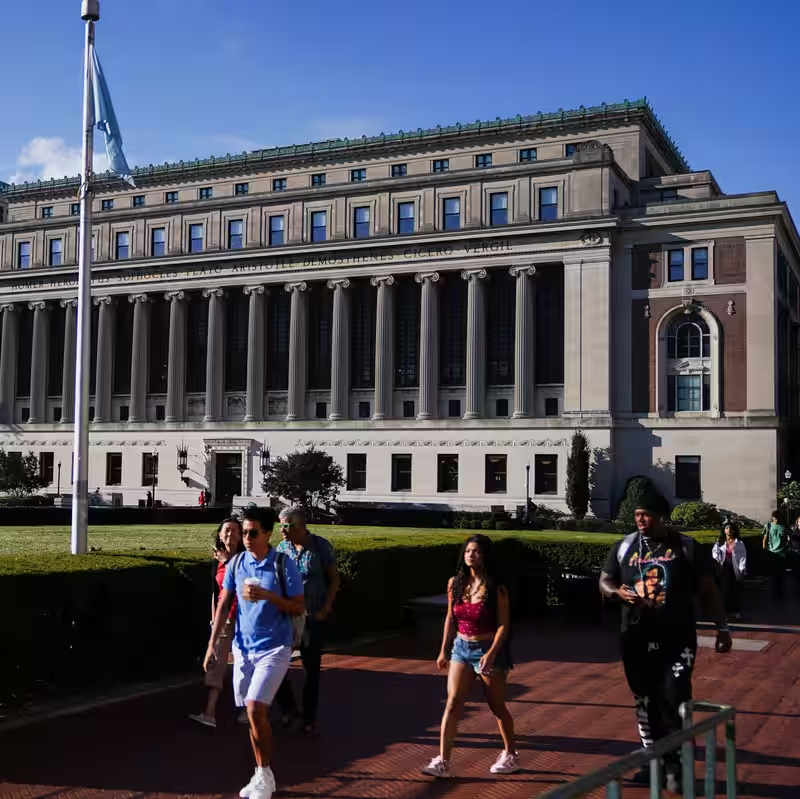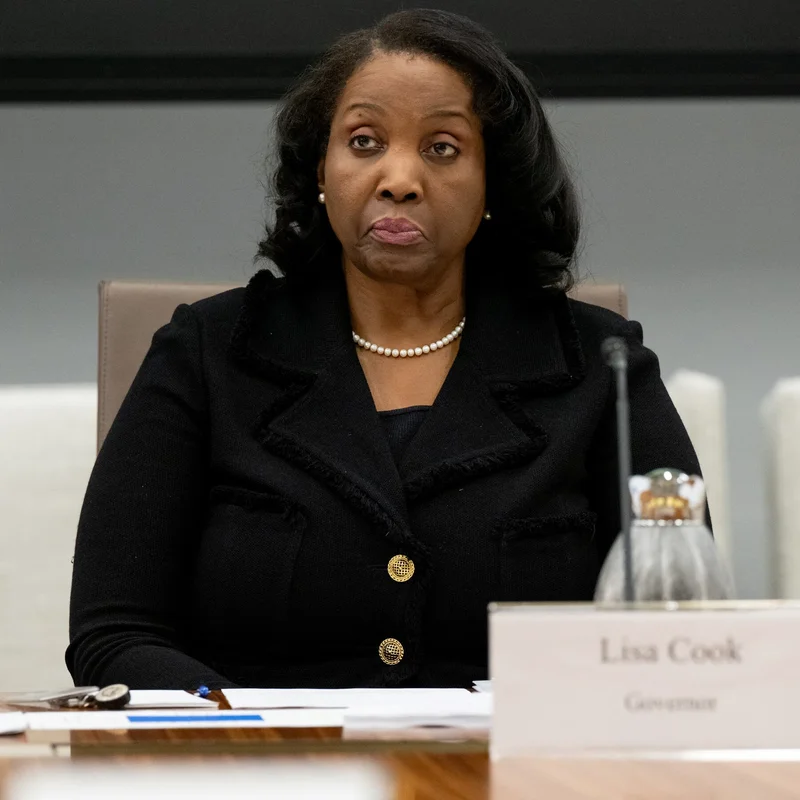In a major win for millions of student loan borrowers, the U.S. Department of Education has agreed to resume processing debt cancellations under income-driven repayment (IDR) plans—just months before a critical tax exemption expires.
What Changed—and Why It Matters
For much of 2025, borrowers who had faithfully made payments for 20 or 25 years under IDR plans found themselves stuck in limbo. Their loan forgiveness applications were paused due to legal challenges stemming from the Trump-era interpretation of a court order targeting the Biden administration’s SAVE plan—a more generous IDR option launched in 2023.
Now, thanks to a legal agreement finalized on Friday, October 17, 2025, between the Department of Education and the American Federation of Teachers (AFT), those cancellations are back on track.
“With today’s filing, borrowers can rest a little easier knowing that they won’t be unjustly hit with a tax bill once their student loans are finally canceled, pursuant to federal law,” said Winston Berkman-Breen, legal director at Protect Borrowers, which represented AFT and individual plaintiffs in the case.
Why the Timing Is Critical
Normally, forgiven student debt is treated as taxable income by the IRS—a potential financial shock for borrowers who’ve already paid for decades. However, a temporary federal provision currently exempts IDR-based loan forgiveness from taxation… but only until December 31, 2025.
If cancellations had remained stalled past that date, borrowers could have faced surprise tax bills amounting to thousands of dollars. The resumption of processing ensures eligible borrowers receive relief before the tax shield vanishes.
How Income-Driven Repayment Plans Work
IDR plans cap monthly payments based on income and family size. After 20–25 years of qualifying payments, any remaining balance is forgiven. Popular IDR options include:
- SAVE (Saving on a Valuable Education)
- REPAYE
- PAYE
- IBR (Income-Based Repayment)
The SAVE plan, introduced by the Biden administration in 2023, offers the most borrower-friendly terms—including $0 monthly payments for many low-income individuals and faster forgiveness timelines.
Who Benefits from This Agreement?
While exact numbers aren’t yet public, advocacy groups estimate hundreds of thousands of borrowers were affected by the pause. Many had already completed their required payment periods but were denied discharge due to administrative holds.
The agreement not only restarts cancellations but also commits the Department of Education to proactively identify and notify eligible borrowers—reducing reliance on individuals to navigate complex bureaucracy.
What Borrowers Should Do Now
If you’ve been in an IDR plan for 20+ years:
- Log in to your Federal Student Aid account to verify your payment count.
- Ensure your income documentation is up to date with your loan servicer.
- Contact your servicer if you believe you’re eligible but haven’t received forgiveness.
Advocates urge borrowers not to wait—processing could take weeks or months, and the December 31 tax deadline looms large.
Looking Ahead: Is Student Debt Relief Here to Stay?
This development marks another chapter in the Biden administration’s broader effort to reform student loan policy. While legal battles over large-scale forgiveness continue, targeted relief through IDR remains one of the few legally solid pathways to debt cancellation.
Still, experts warn that without permanent tax reform, future borrowers could face the same year-end cliff. Legislation to permanently exclude forgiven student debt from taxable income has stalled in Congress.




